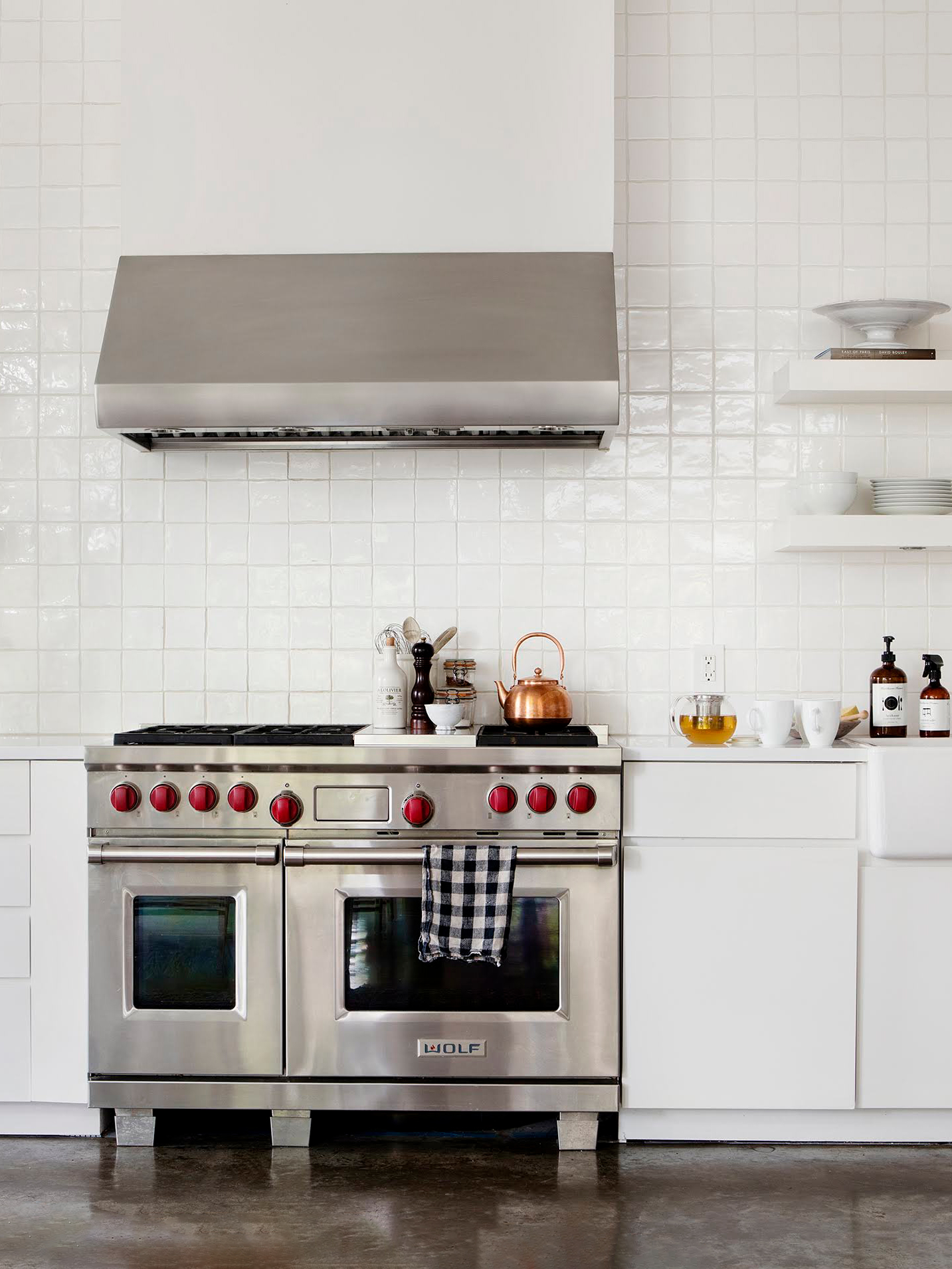We may earn revenue from the products available on this page and participate in affiliate programs.
“My favorite thing to do is to go to people’s houses and cook for them,” says Jill Donenfeld—that’s why she’s made a career of it, first working as a private chef for two years and then going on to launch the Culinistas, a company that makes it easy for anyone to get help with meal prep or dinner parties right in their own home. To date, she and cofounder Tiana Tenet have sent their roster of cooking experts to 5,000 kitchens in New York City, the Hamptons, and Los Angeles.
So of course she has a few thoughts on how your cooking space should be arranged.
Don’t worry, you don’t have to get out the label-maker or invest in super-pricey vessels to be your best culinary self. For Donenfeld, kitchen organization is all about considering what you actually need and making your space a place where you’ll want to spend time cooking. Here, she explains exactly how to transform your kitchen into a fun (and functional!) spot.

Do: Think in Terms of Zones
When I go into any kitchen, I think in terms of function: You should have a prep zone, a cooking zone, a serving zone, and a cleaning zone. Your prep space is for your knives, cutting boards, peeler, mandoline, blender—anything that you’re utilizing for raw ingredients. And then your cooking zone is for your pots, pans, and casserole dishes. Your serving zone is for all of your plates and glasses. The cleaning zone is where you keep kitchen towels, cleaning solutions, and spray bottles.
Don’t: Hold Onto Things You Don’t Use
First, figure out what your necessities are—for me, that’s a few cast-iron pans, a really heavy ceramic pot, a small pot that holds two eggs, a couple of knives, a mandoline, a microplane, a can opener, a peeler, and a cutting board. I don’t think that there’s a specific set of tools that everyone should have, but only owning the things you actually use to cook keeps everything tidy.
You also don’t need old spices—they’re not functional. I go through my spices about every six months and toss what’s expired. Condiments are another thing to keep an eye on. If you’re hoarding a bunch you don’t use, they’re just going to go bad and clutter your fridge.
Do: Embrace Organizing Tools
If you have things out on the countertop, it’s important to contain them so that they don’t feel random or forgotten. It helps with the general look of organization.
I really like shelf risers; they make items easier to access, especially if you have different sets of dishes. If you stack plates all in one pile, they’re going to be harder to get to. Hanging pots and pans is also super-cool and functional—that way they’re ready to use at all times.
Don’t: Store Appliances Out of Reach
People have a tendency to store their kitchen equipment up high because there’s a perception that they’re not going to use it—but that’s exactly what prevents them from using it! If your food processor is hard to get to, you might decide not to make that delicious pesto.
Instead I like to put platters and other serving pieces up high because you generally don’t use them very often, and if you’ve invited people over for dinner, you’ll definitely make the effort to bring them down.
Do: Get a Head Start on Meal Prep
I highly recommend washing your produce right when you buy it. Rinse and dry everything, chop the vegetables, and roll the lettuce in cloth so it lasts. That way you’ll be ready throughout the week when it’s time to cook.
Our Winter Renovation issue is here! Subscribe now to step inside Leanne Ford’s latest project—her own historic Pennsylvania home. Plus discover our new rules of reno.




